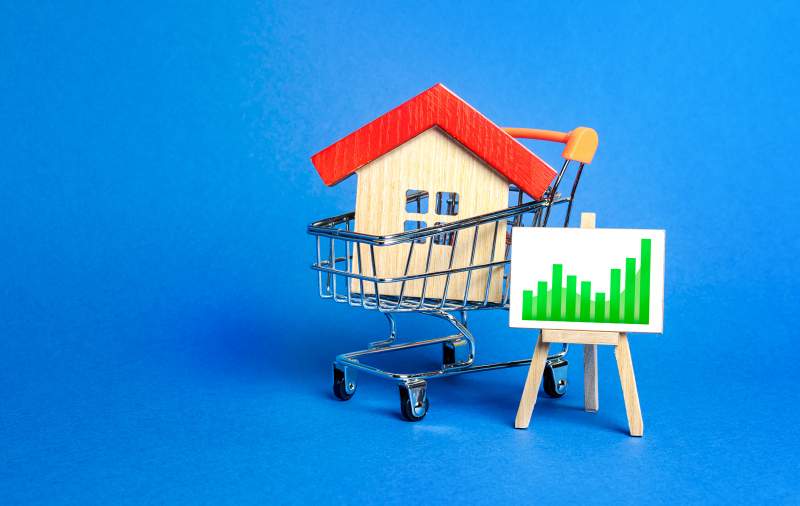The year 2020 has been difficult for the economy, mostly due to the COVID-19 pandemic. Despite the general move towards cutting expenses, the desire to buy a home remains. By observing the pattern of real estate through the years, it becomes easier to grasp the current and future state of the market. From there, it’s a matter of making decisive choices that align with your specific needs.
Here are some of the home buying trends to anticipate for the rest of 2020:

- The “new normal” is changing buyer habits
Strict measures on travel and business operations marked the height of the pandemic. In ushering the new normal, buyers have changed their behavior in two ways.
Firstly, property visits and consultations have significantly lessened. Buyers are avoiding non-essential contact with other people to minimize any health risks. While this may mean that the sales process will take longer, developers who provide more resources and information online can be at an advantage.
Secondly, buyers who are ready for remote work—with most of this group being millennials—will be looking for homes. As the demand for office space is predicted to decrease in a post- COVID environment, remote workers will want to secure a safe living and working space for themselves.
Millennials may be leading this shift, as their drive to purchasing a home is tied to both cost-effectiveness and safety.
- Condominium properties are going for cheaper
With the reduced capacities of BPOs and an abundance in ready-to-occupy units, experts estimate that developers will be offering discounts as high as 20% to improve their cash flow and recover expenses.
Previously, buyers from the baby boomer and Gen-X generations prioritized homes located in more quiet, suburban areas. Millennial buyers, on the other hand, are more likely to purchase homes closer to their jobs. This makes them the ideal buyers for condo units, especially ones strategically located in business districts.
Additionally, older millennials may see this opportunity to expand their asset portfolio by purchasing prime real estate at deep discounts. Meanwhile, boomers may consider condo units for their retirement homes, provided that the properties have the necessary amenities and facilities for their anticipated needs.
- More flexible payment terms will be available
In addition to substantial discounts on condominium units, developers are also expected to offer more flexible payment terms for potential buyers. As the crisis has affected both buyers and sellers, buyers could expect longer down payment periods and better pricing structures down the line.
Banks have also made considerations in light of the economic effects of the pandemic by offering low interest rates for loans. Buyers should take advantage of these options in order to purchase a home without too much financial strain.
Both Gen-X and millennial buyers will benefit the most from this arrangement, as a cheaper but high-quality home is the optimal place to start and raise a family.
- Properties near business districts will increase in demand
In 2019, Metro Manila’s office demand rose by around 700,000 sqm while the overall vacancy stayed below 5%.
While the outlook was optimistic at the start of the year, the Enhanced Community Quarantine (ECQ) forced many businesses to halt on-site operations outright, if not downsize to a skeletal workforce. Workers also faced difficulties reporting to work with the lack of public transportation under ECQ.
Due to these restrictions, companies have made the shift to a remote work model. Meanwhile, workers are opting to move closer to business districts to seek jobs, if not to avoid long commutes.
Millennial buyers are expected to pursue these opportunities, as the younger end of the group has had the least amount of job experience and are driven mostly by affordability and proximity to their places of work. On the other hand, those with properties in business districts may consider selling should they face more financial strain.
- Housing developments have slowed, but remain stable
Manila’s prime residential market had one of the highest growth rates globally in 2019, with a 6.5% increase in Knight Frank’s Prime International Residential Index. Earlier forecasts were more optimistic due to the eight residential projects launched in Q4 2019 and three projects slated for Q1 2020.
Despite the current situation, experts have a slightly positive outlook on residential real estate. In fact, there is a “huge unmet demand for housing” in the range of 6 million units. Additionally, investors still trust property as a solid long-term investment.
Moving forward from the crisis, developers will be reconsidering project launches and realistic market demand. There may also be possible delays with ongoing real estate projects due to the supply chain bottleneck from the ECQ restrictions.
Changes in the ways properties will be marketed to buyers are also on the horizon, as buyers will be warier of making big spending decisions during post-COVID recovery.
At the end of the day, it becomes clear that the pandemic has created a road bump in the housing market. As the government continues to lift restrictions and businesses begin to rebuild, the trends may stabilize and move towards growth. Buyers across all generations need to keep a close watch on upcoming developments in order to progress to finally buying their dream home.
Author Bio:
Oscar Florea is a content contributor for Avida’s lifestyle blog Pursuit of Passion. He is an engineer by profession but a multipotentialite by destiny. Just like a normal dude in a basketball-crazy country, one of his passions is shooting hoops.
